If you’ve seen one of my prior posts about Nemotodes freely migrating across the border via the Tijuana River Channel, you may have seen my photos of the failed berm that the United States International Boundary and Water Commission (IBWC) put in place in the Spring of 2018.
Now, let’s be clear. As it did before, an earthen damn will erode and scour away with even a slight trickle. Not only is this not an ineffective solution, but it actually causes additional problems when the berm gets washed away, releasing more sediment that clogs the estuary.
But, the with the IBWC under fire legally, and the residents of Imperial Beach and Coronado shouting at them at every community forum, this is the solution they’ve decided to double down on.
While the IBWC is the United States side to the Bi-National Commission that controls shared water bodies, the Mexican side of which is called Comisión Internacional de Limites y Agua (CILA).
Over a two to three week period, I documented the installation, and subsequent disintegration of the two berms built by IBWC and CILA. They claim they’re effective, but a dam made of cake batter would have had the same result.
What the IBWC and CILA should really consider is approaching NADBANK for funding to implement real solutions now, and not wait on the lawsuit. Real solutions that could be implemented right away:
- The installation by CILA of a real concrete weir, 3-4 feet high, along the lines of where they installed the sandbag berm. This would be high enough to prevent almost all the dry-weather flows, by retaining water long enough for the CILA pump to handle the volume.
It would also not be high enough to prevent the river channel from doing its intended purpose of flood control. - Replace the trash collector in the channel with a large debris fence consisting of bollards that create 4″ openings. This will filter out the large debris such as tires, furniture, etc. This can be placed directly under the pedestrian bridge, and accessed with large machinery from the nearby ramp.
- In addition to the large trash collector, install a secondary trash collector. A large boom (like the one at Goat Canyon), or series of trash collection “socks.”
These projects would be cost effective as they’d be implemented on the Mexico side where labor and fabrication are much cheaper. If the IBWC and CILA were to incorporate these changes, it would go a long way to improve their public image, which is seen as incompetent and uncaring at best.
These temporary berms have done nothing. It’s time to create something more concrete.
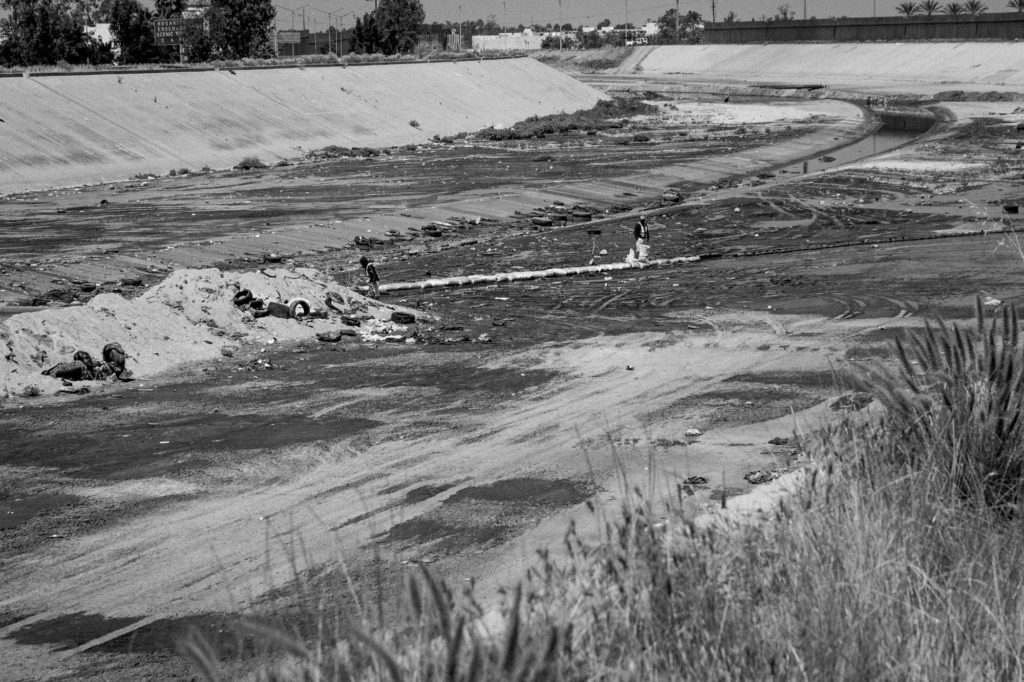

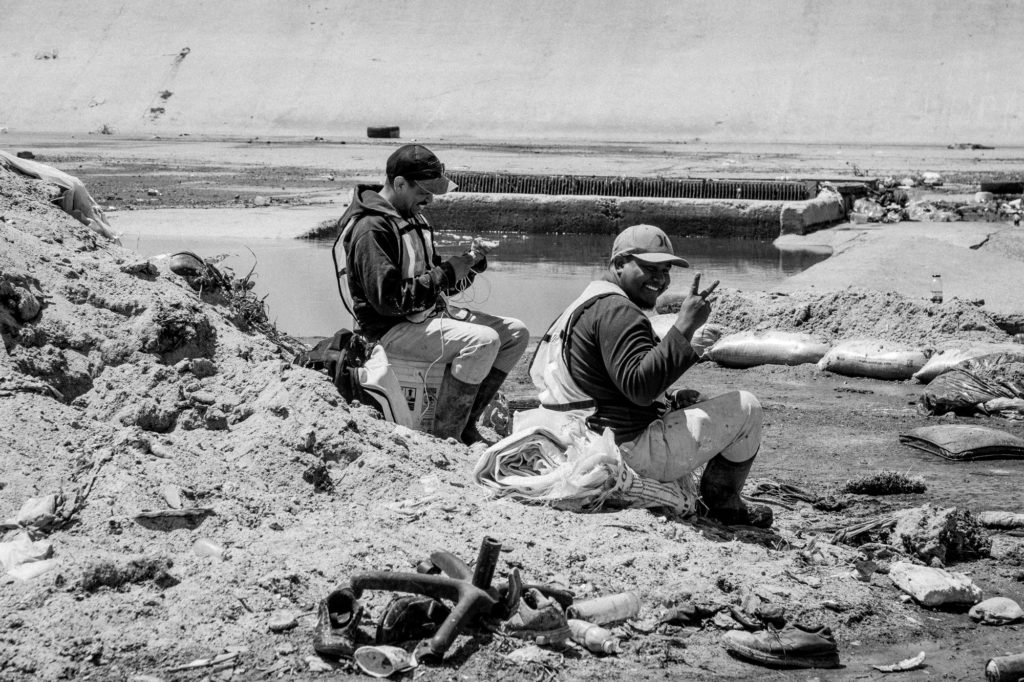
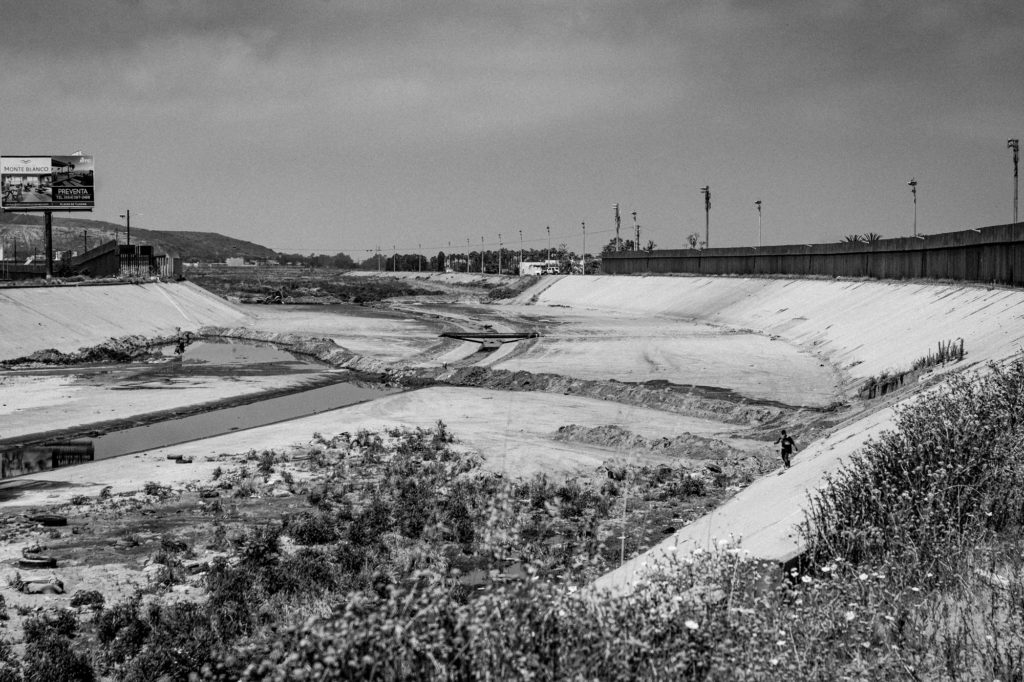
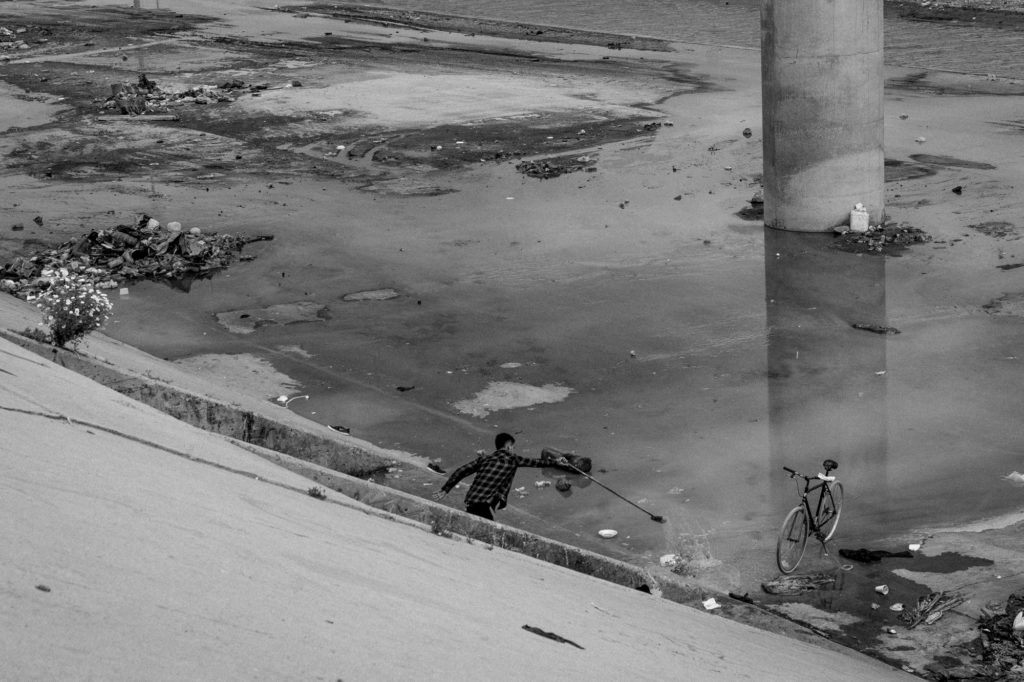
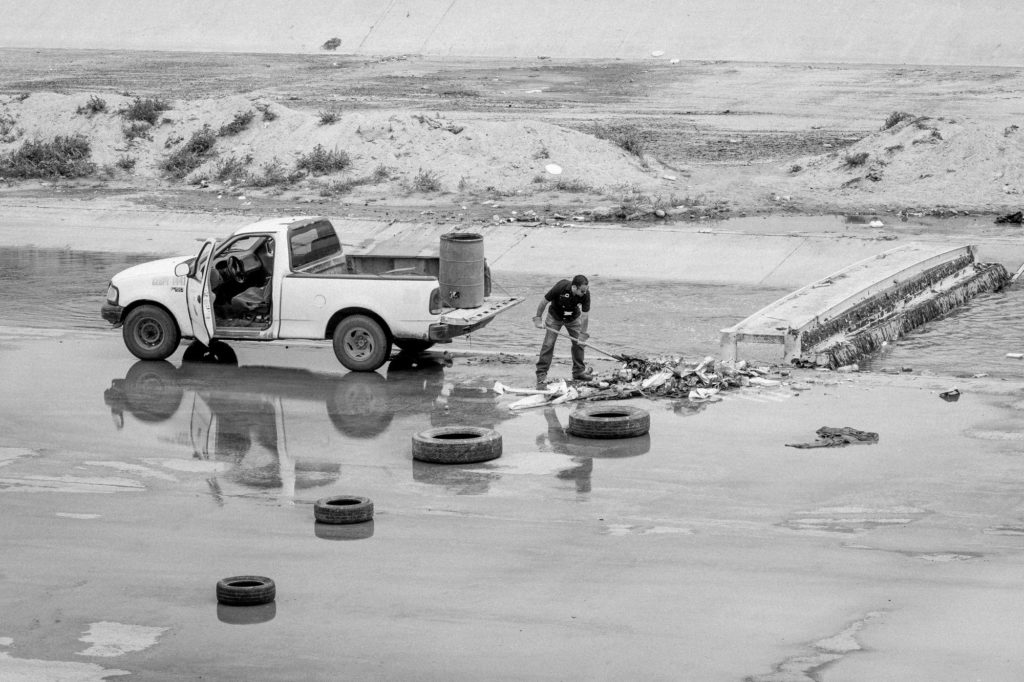
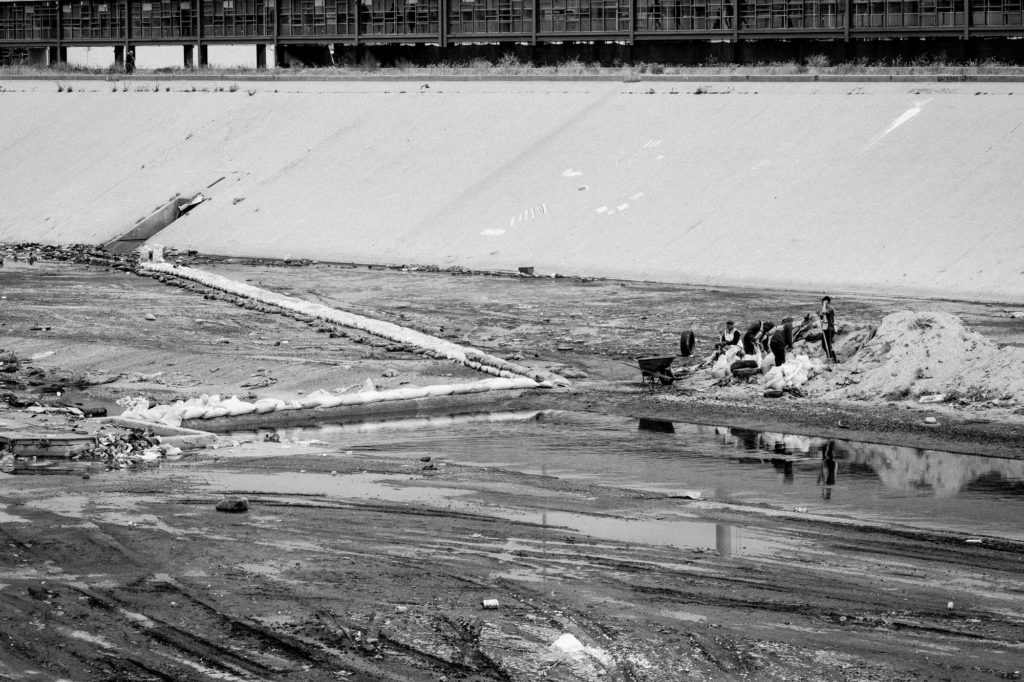
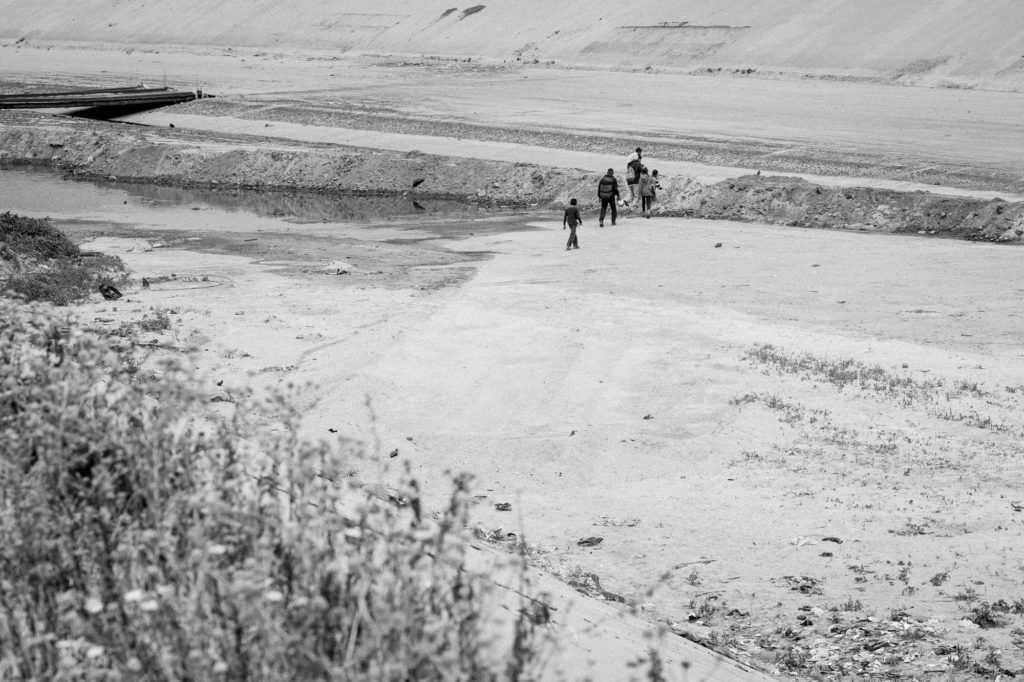
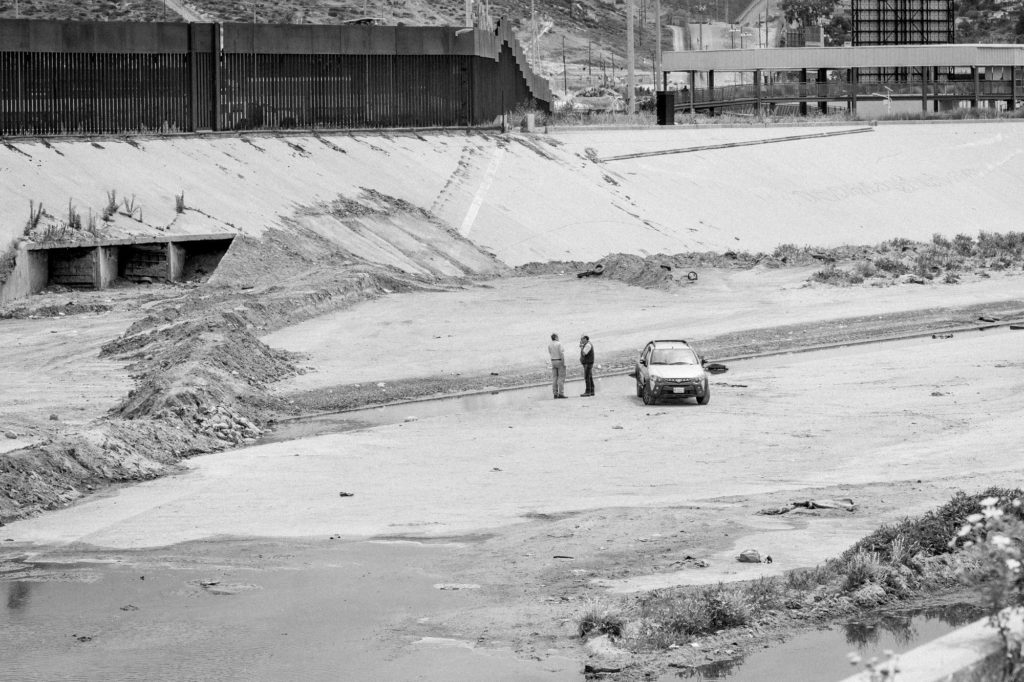
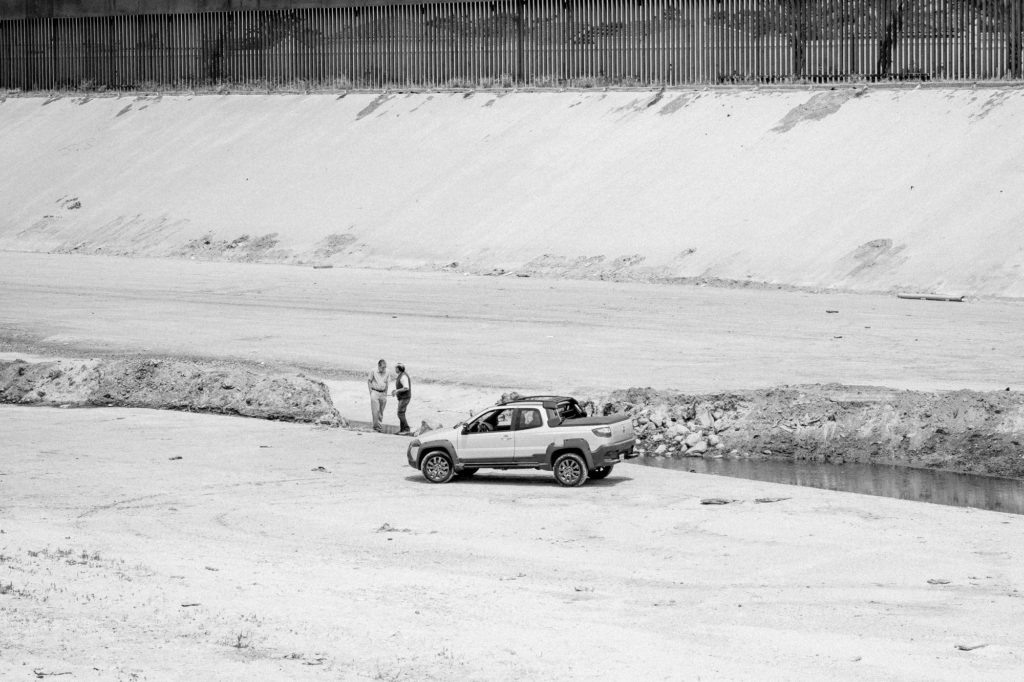
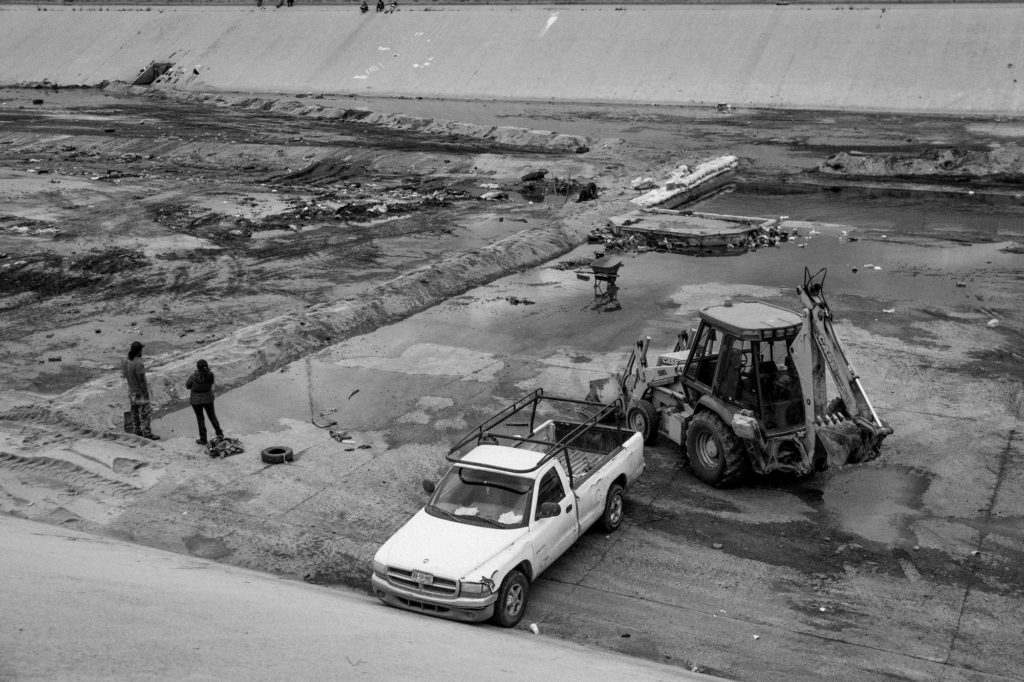
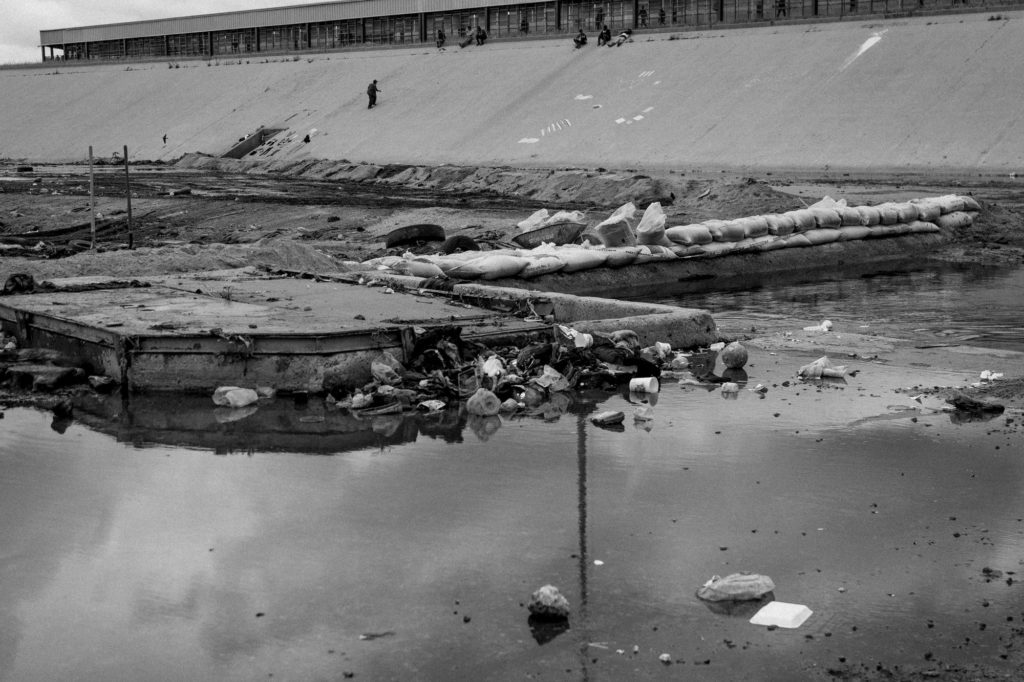
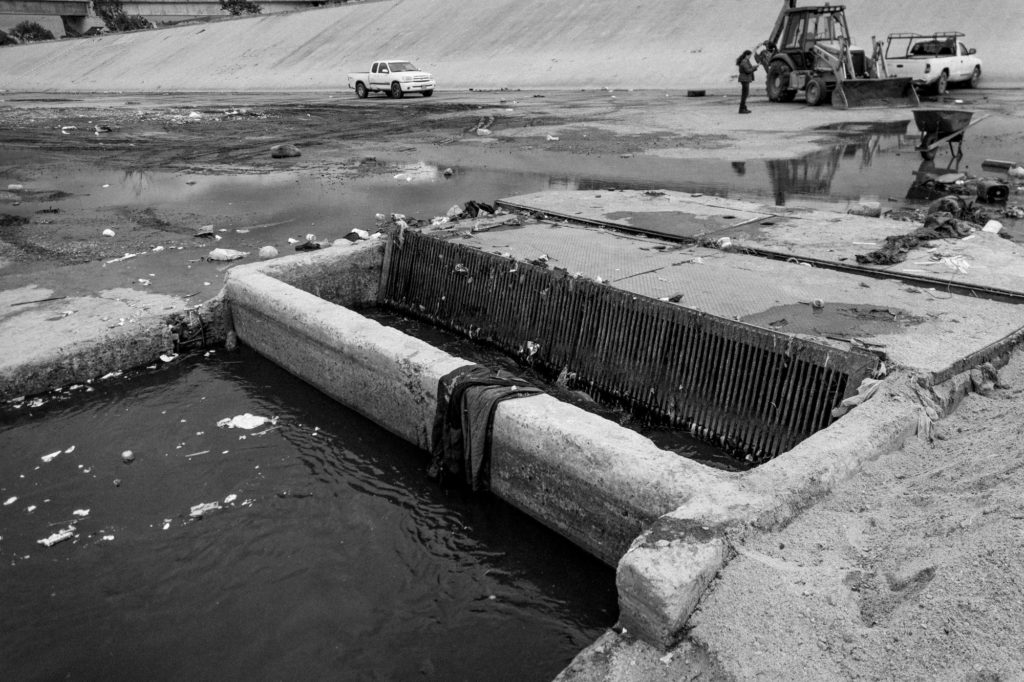

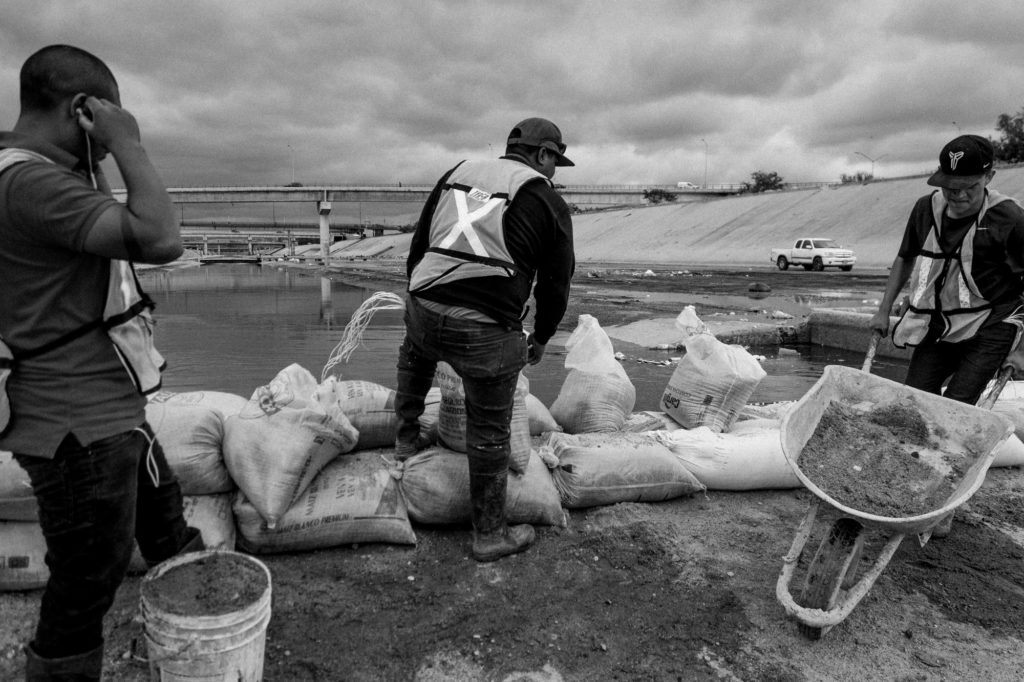
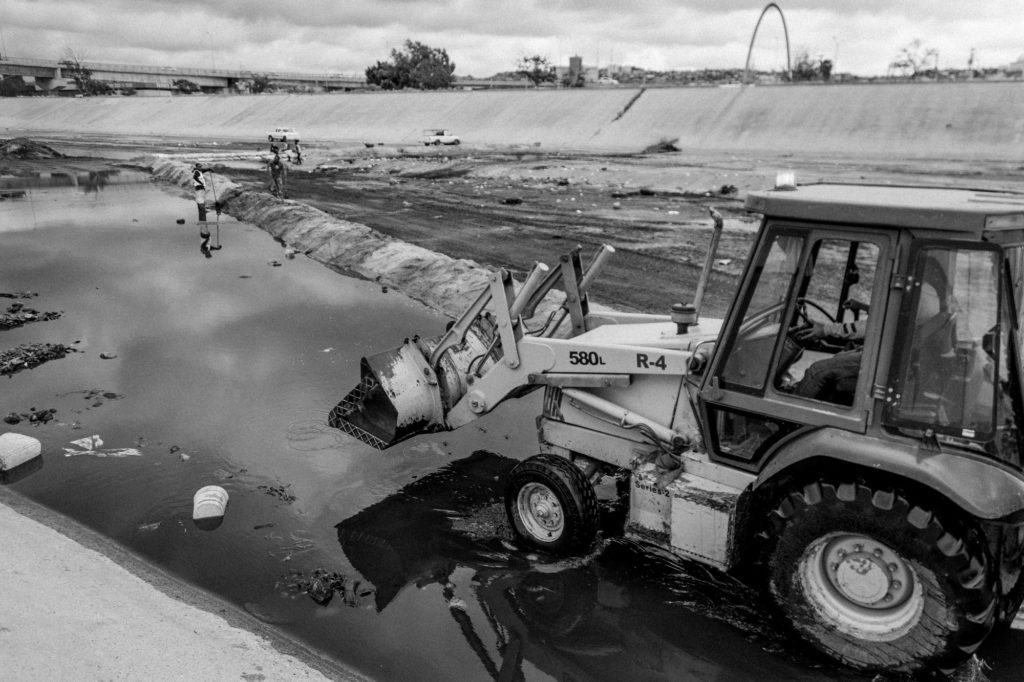
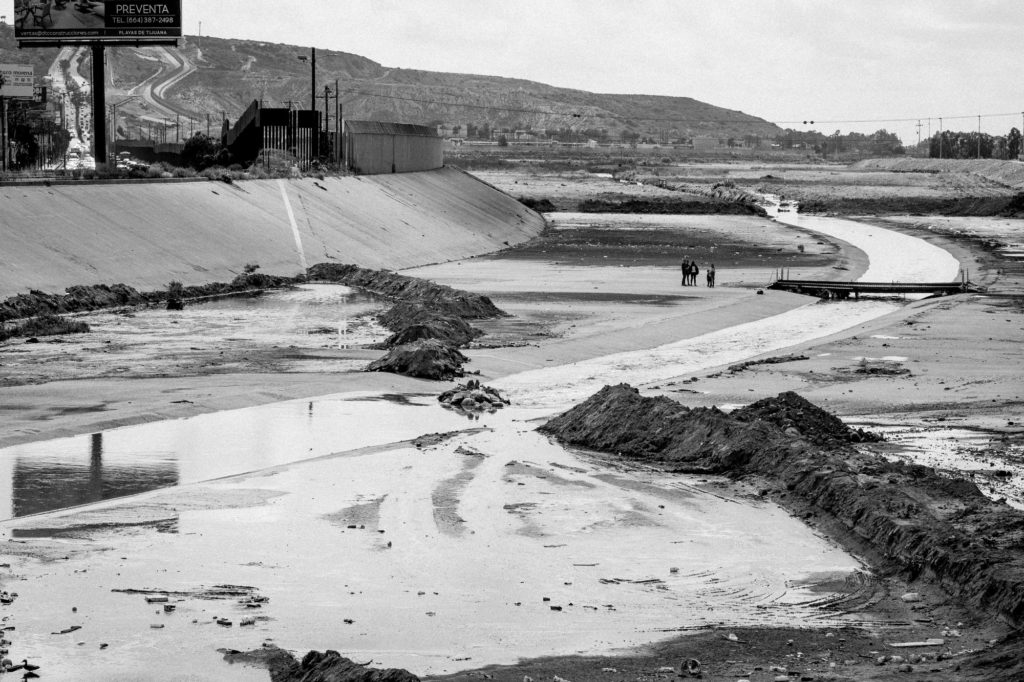
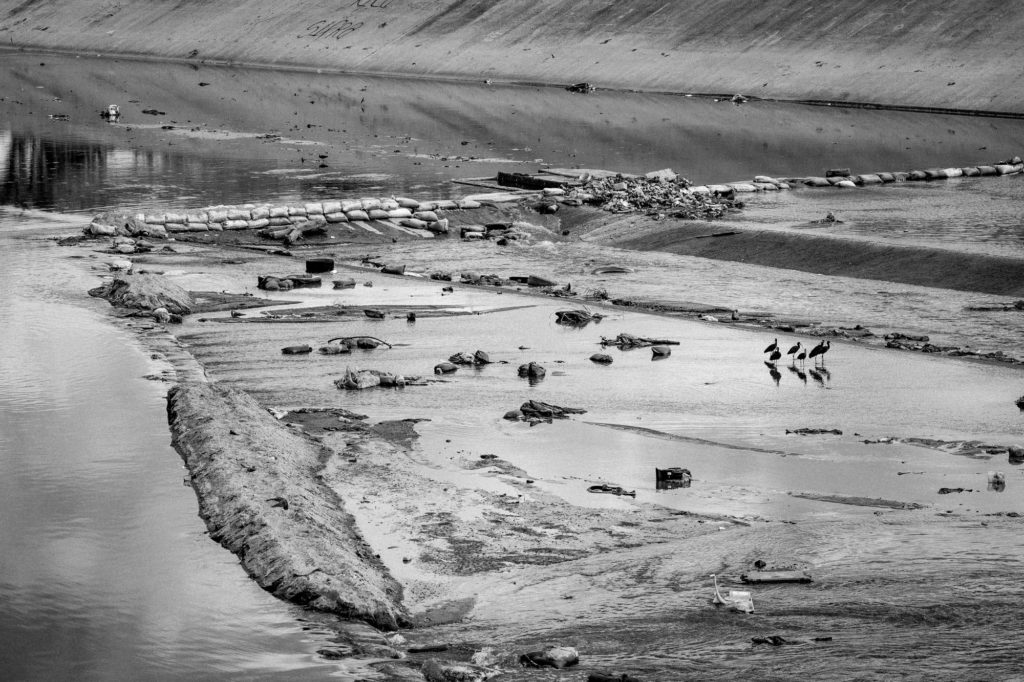
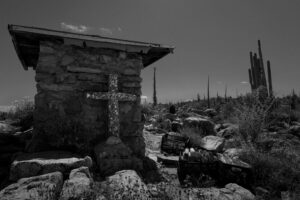


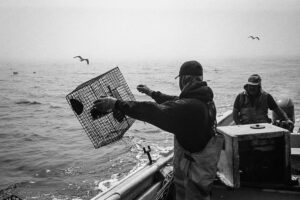





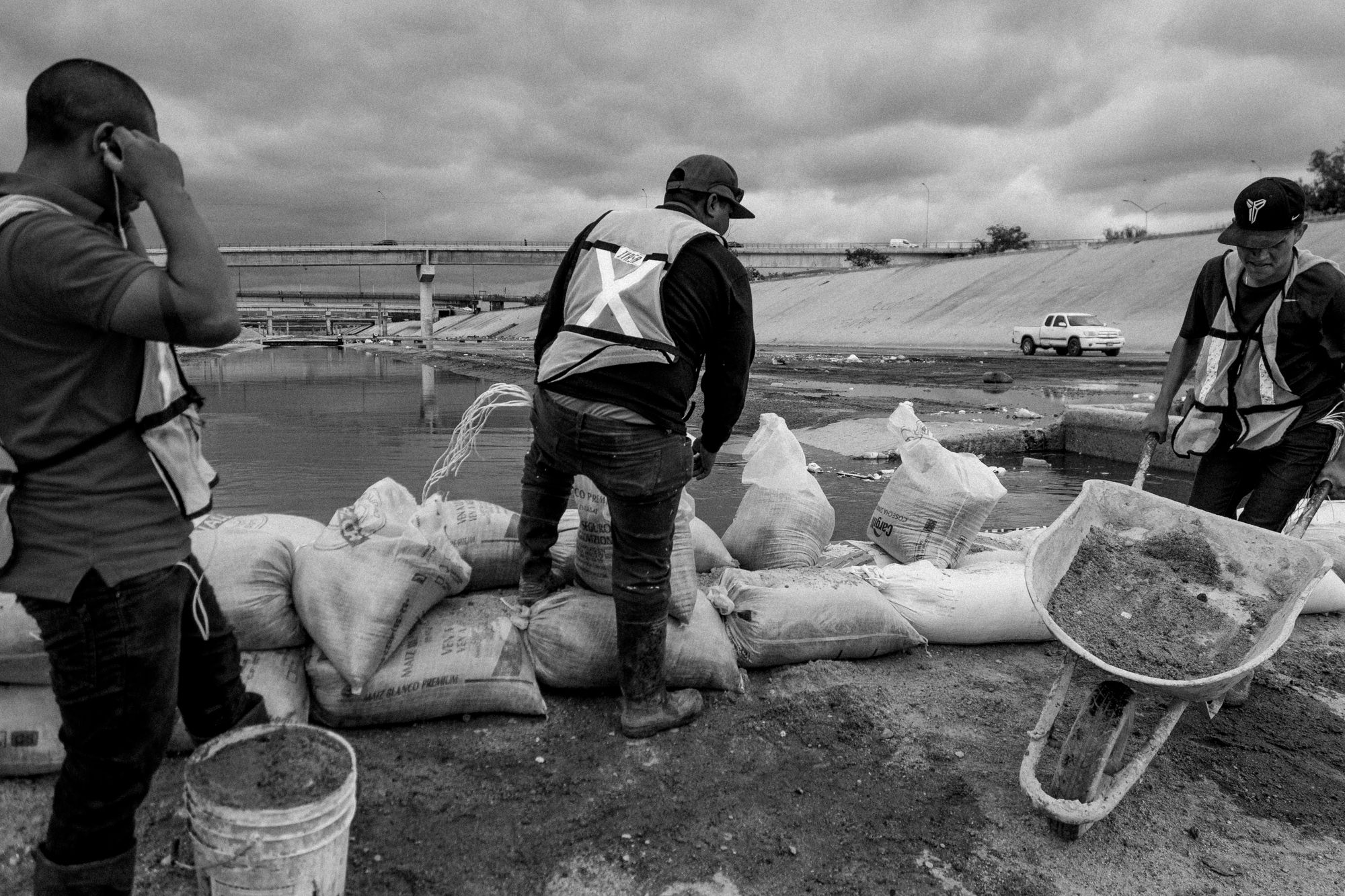
Leave a Reply